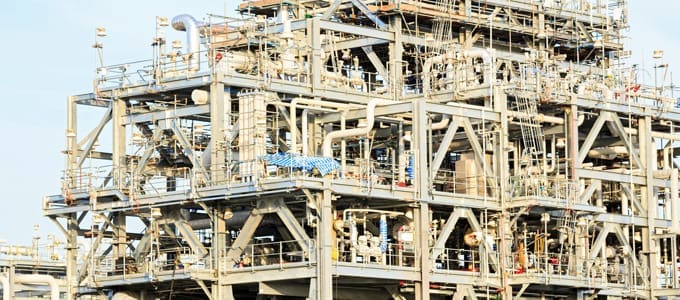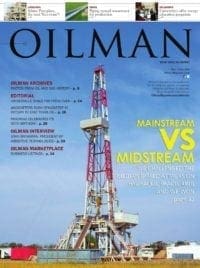At the mouth of the Gulf of Mexico along the Texas-Louisiana border, Cheniere Energy could be just weeks away from breaking ground on the first natural gas exporting facility ever built in the lower 48 states. It’s also where a new fight with echoes of the Keystone pipeline is building, pitting economic development against environmental protection.
To Cheniere (LNG) and its supporters, the 500-plus acre, $10 billion plant represents a boon for the American economy. Known as Sabine Pass, they say the facility will support tens of thousands of jobs, raise billions in export revenue, and help put the nation on track to be an energy-exporting powerhouse. But to critics it will greatly expand the use of hydraulic fracturing. They also say that far from creating jobs, the plant may actually cost jobs and raise the price of natural gas in America. Opponents of the project want the government to take fracking into account when considering issuing permits — both for the Sabine Pass facility and seven others like it that have applications in with federal authorities. If all eight plants were authorized, the nation could wind up exporting one-fifth its current natural gas output. As the country ramps up its energy production fights like these are bound to become more common. Thanks in part to new drilling technology and the expanded use of fracking, the United States produces 30% more natural gas and nearly that much more oil than it did in 2005. It’s also the main reason why companies like Cheniere want to export it. In Asia and Europe natural gas commands up to five times the U.S. price. The gas can be liquefied, loaded onto a tanker here and sent anywhere around the world. Besides Cheniere, which is just the processing firm, any of the Big Oil companies like Exxon Mobil, BP, and Royal Dutch Shell that produce gas in the Untied States, plus a host of smaller companies like Chesapeake or Devon, would in all likelihood make a killing. Cheniere believes its facility at Sabine Pass, which would be built alongside an existing, little used natural gas import facility, would support 30,000 to 50,000 jobs a year. While a relatively small amount of people would work at the actual plant, Cheniere’s number also includes all the drillers, restaurant workers, hotel employees and equipment makers that would supply the gas industry. Plus, the value of the gas exported each year would total nearly $7 billion — a small dent in the country’s trade deficit, but a dent nonetheless. The Energy Department has already granted Sabine Pass a permit, although it has promised to consider other impacts on the economy and environment before approving any of the remaining seven proposals. The Federal Energy Regulatory Commission is expected to vote on the matter later this month, and approval seems likely.
Frustrated, the environmental groups have taken their case all the way to the President, filing letters with the Environmental Protection Agency and the White House Council on Environmental Quality asking them to intervene. EPA said it is reviewing the request. The White House didn’t respond to a request for comment. For now, it appears Cheniere will get its way. “We don’t believe [the] opposition is loud enough yet to change the current course,” Whitney Stanco, an energy analyst at the Washington Research Group, wrote in a recent note. But she did note that environmentalists were successful in a last-minute drive to block the Keystone pipeline. “We’ll be watching the level of opposition closely,” she said.






